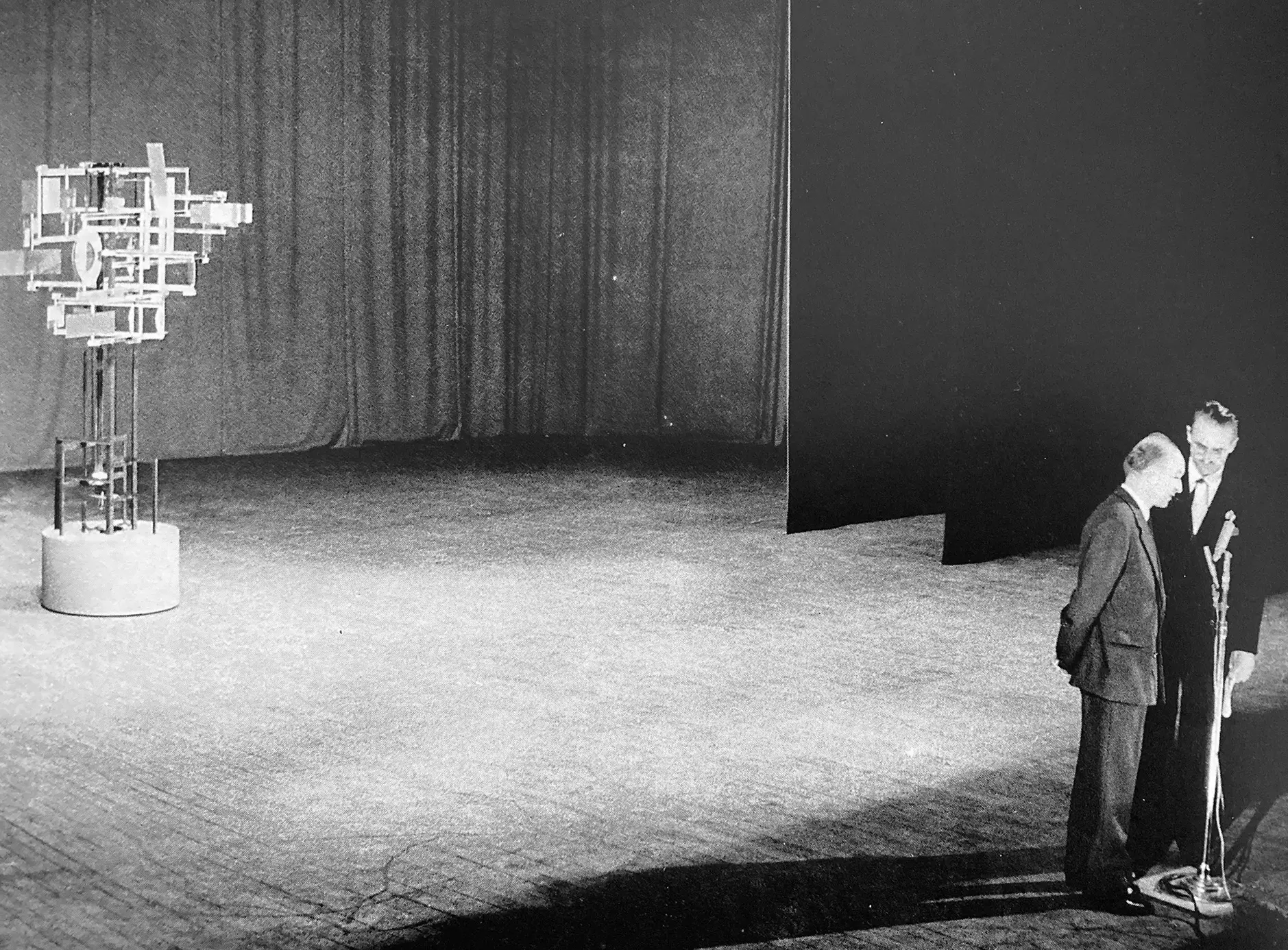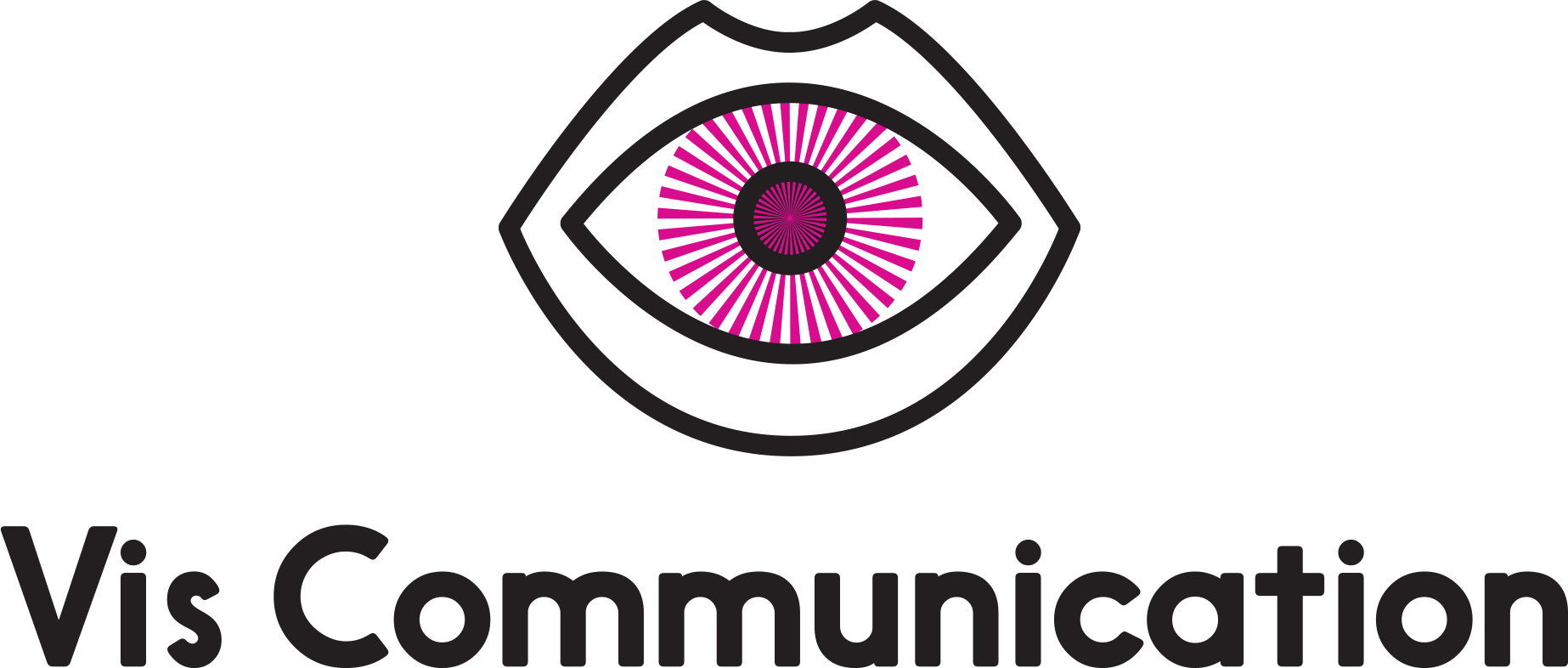More Lessons on Presenting
Helping people manage choices and decisions is half of it.

After my original post on presenting work, I realized I left out a few gold nuggets. Sometimes it's hard to make a decision, especially an important one like a logo or new campaign. And some people are better decision makers than others. If all the work you are presenting is well-designed and on strategy, it can be even harder. So a lot of this comes down to helping people make and feel good about their decisions.
1.
Someone wise once said to me, “Once you’ve made the sale, shut the fuck up.” Once someone has chosen and is excited about a direction, wrap things up. It’s fine to talk about planning or questions or next steps, but if you continue to give them reasons why they should like it, or start to talk about the other options again, you will inadvertently make them start to rethink their decision. No one remembers how they were feeling at the beginning of a meeting, but they sure will remember how they felt when they left. Let them leave excited.
2.
Never say anything bad about the ideas you’re presenting. Such as: I really wasn’t sure about this one, or I don't think I got this one quite right or this one is not my favorite. You’ll be shocked at how the one you weren’t sure about turns out to be the favorite. You may have been focused on one particular aspect about it, but they see another perspective.
3.
"Which one is your favorite?" Generally I try to sidestep answering this. You have to feel out whether the client is feeling unsure of their decision or they really haven't made up their mind. If you sense they’re just feeling unsure, you can reassure them they decided on the best one for their situation (the “best” is often subjective anyway, as all the options should express the strategy in slightly different ways).
If they seem wholly un-decided, you may walk them back through the pros and cons or differences in approach for each. Often this recap helps people sort it out. Sometimes folks just want to sleep on a big decision. Although more often than not, what they're really going to do is poll others outside the meeting. But what you don't want to do is have someone feel like they got jammed into a decision they didn't like. They'll just hate on the project until the end.
4.
Do not, under any circumstances, think it’s good to give an overwhelming amount of choices. For one, this is a kind of shotgun approach to design and probably means that the strategy was unclear or there wasn't enough information. But also, over five options usually gets confusing for everyone. Three is the magic number and it depends on the project, but especially if each option is deep and wide (for instance a campaign that has 8 pages for each option) it just gets too laborious and confusing.
"These studies and others have shown not only that excessive choice can produce “choice paralysis,” but also that it can reduce people’s satisfaction with their decisions, even if they made good ones."– Barry Schwartz, More Isn't Always Better, Harvard Business Review
5.
If you present a wildcard – something out of the client’s norm – you will either surprise and delight them with something unexpected, or you will help them confirm that they made the right decision in choosing one of the other options. It's good either way. Some people say they want to be wowed until they see it. A wildcard gives them a reference point to say, this actually is too far for me. And they can feel extra validated in their original decision.

